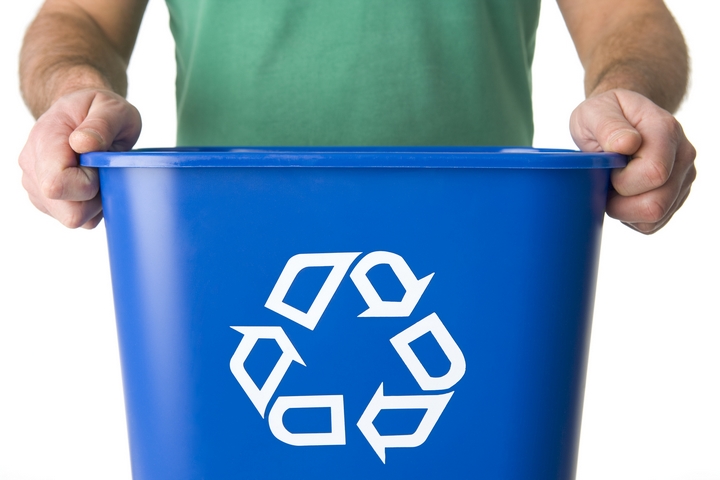Almost all materials can be recycled. Recycling helps to reduce the number of materials that are thrown in the trash. These materials are processed and reused for various projects. Most importantly, recycling prevents the accumulation of waste on landfills, maintaining the natural beauty of the environment.
Today, public places, restaurants and companies are making it easier to recycle by placing labelled recycling containers in visible areas enabling everyone to recycle instead of throwing items in the trash. Recycling offers many benefits for both the planet and people. It protects the earth, positively impacts the economy, conserves natural resources, reduces extraction of raw materials, and reduces energy use.
Here are the eight most common types of recycling:
Type #1: Paper Recycling
 Tons of paper are used nationwide for printing and writing which are then thrown away as scrap. If the paper is not recycled, they contribute to greenhouse gas emissions and substantial garbage dumps at landfills. Paper is made from the pulp of trees.
Tons of paper are used nationwide for printing and writing which are then thrown away as scrap. If the paper is not recycled, they contribute to greenhouse gas emissions and substantial garbage dumps at landfills. Paper is made from the pulp of trees.
When we recycle paper, we save a million trees on our planet and prevent deforestation. Today companies are using recycling paper for many of their printing needs such as business cards, general paper printing, writing proposals and creating memos. Even magazines, newspapers and books can be recycled.
Type #2: Cardboard Recycling
 Recycling just one ton of cardboard saves roughly nine cubic yards of landfill space. Cardboard is commonly used in households and companies. They are used for packaging and shipping of products. Both large and small cardboard boxes can be recycled even though they are easily biodegradable.
Recycling just one ton of cardboard saves roughly nine cubic yards of landfill space. Cardboard is commonly used in households and companies. They are used for packaging and shipping of products. Both large and small cardboard boxes can be recycled even though they are easily biodegradable.
Many residential properties and companies offer a separate recycling container for cardboard boxes. However, there is an essential step before recycling cardboard boxes. They must be folded so that there is more space in the recycling container. This step also saves a lot of hassle for recycling personnel.
Type #3: Steel Recycling
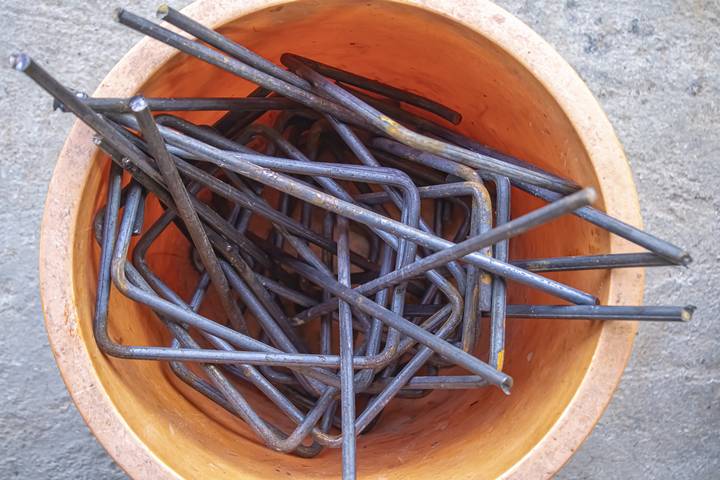 Steel is known to be the most recycled material on the planet because it is 100% recyclable. The advantage is that steel does not deteriorate during the recycling process. By recycling steel, we save almost 74% of the energy needed to make steel from raw materials.
Steel is known to be the most recycled material on the planet because it is 100% recyclable. The advantage is that steel does not deteriorate during the recycling process. By recycling steel, we save almost 74% of the energy needed to make steel from raw materials.
This type of recycling also reduces air emissions, water pollution, and the extraction as well as the processing of iron ore.
Type #4: Aluminum Can Recycling
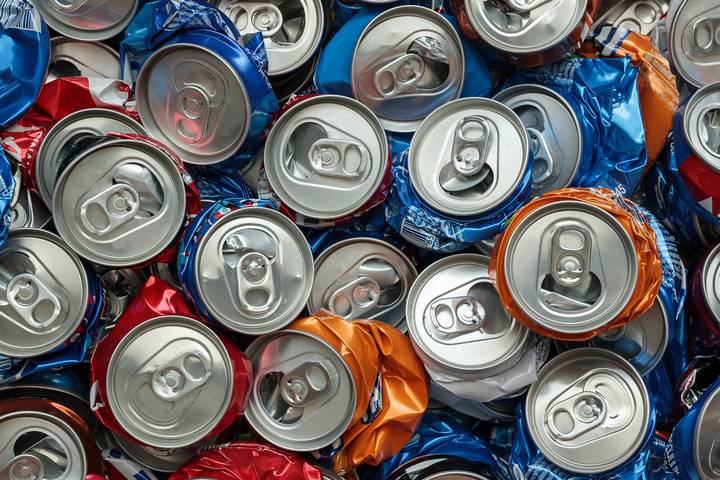 Aluminum is used for beverages such as soda and fruit cans. There are billion aluminum cans manufactured and used every year. The only problem with manufacturing aluminum cans is that it demands large amounts of energy to mine raw materials.
Aluminum is used for beverages such as soda and fruit cans. There are billion aluminum cans manufactured and used every year. The only problem with manufacturing aluminum cans is that it demands large amounts of energy to mine raw materials.
Producing aluminum cans from recycled cans only take about 5% of the energy resulting in 95% of energy savings. Apart from energy savings, there are cost savings as well. The cost of recycling aluminum is very low compared to the production of new aluminum.
Type #5: Glass Recycling
 Similar to steel, glass is 100% recyclable. When recycled, glass does not lose its quality or purity which means they can be recycled over and over again. The recycled glass prevents emissions, saves energy and reduces consumption of raw materials.
Similar to steel, glass is 100% recyclable. When recycled, glass does not lose its quality or purity which means they can be recycled over and over again. The recycled glass prevents emissions, saves energy and reduces consumption of raw materials.
Glass takes millions of years to break down at the landfill. In contrast, it takes a few days for recycled glass to be made into new glass containers or bottles.
Type #6: Wood Recycling
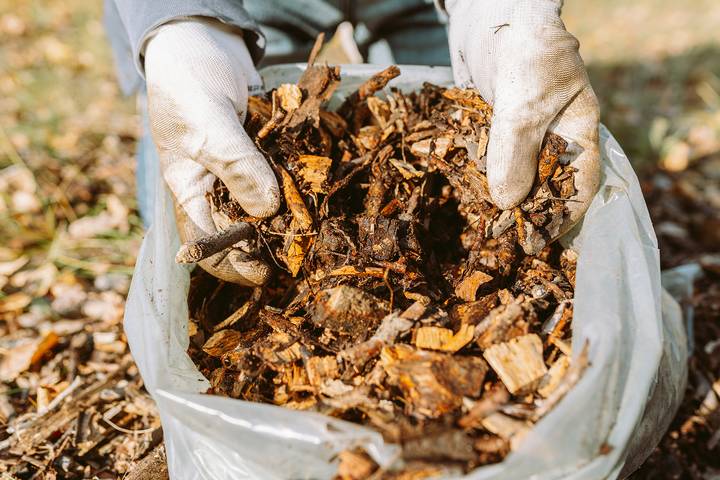 Wood is wasted if it ends up at the landfills although biodegradable. However, if recycled, wood can be reused as building materials or for paper production. Wood is one of the most valuable recyclable material as it can be transformed into a wide range of secondary products.
Wood is wasted if it ends up at the landfills although biodegradable. However, if recycled, wood can be reused as building materials or for paper production. Wood is one of the most valuable recyclable material as it can be transformed into a wide range of secondary products.
Recycling wood resources reduce the need to chop trees. The wood salvaged is generally free from contaminants. The wood is crushed into small chips used to make new products.
Type #7: Plastic Recycling
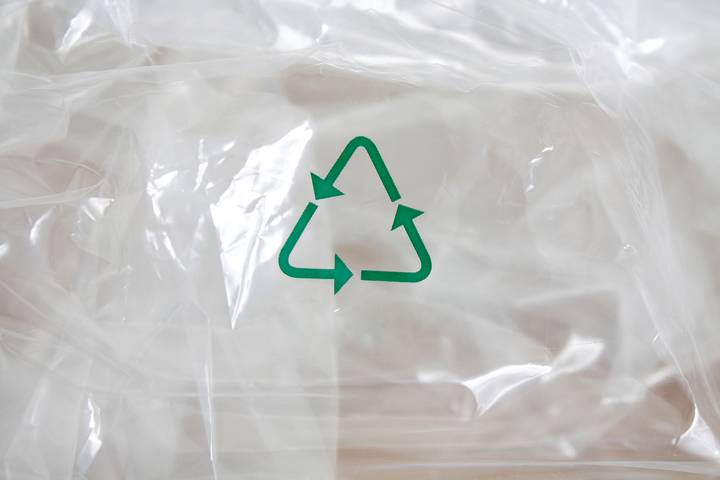 Recycling plastic should be taken seriously as today it is one of the most significant solid waste occupying most landfills and oceans. Plastic takes between 500 to 1000 years to decompose clogging valuable landfill space and contaminating our oceans.
Recycling plastic should be taken seriously as today it is one of the most significant solid waste occupying most landfills and oceans. Plastic takes between 500 to 1000 years to decompose clogging valuable landfill space and contaminating our oceans.
With the recent increase in consumption, plastics have been seen floating on the surface of the ocean harming the ecosystem. By recycling plastics, 80% of the total energy that goes into manufacturing new plastic products is conserved, leaving our oceans and landfills free from solid waste.
Type #8: Fabric and Textile Recycling
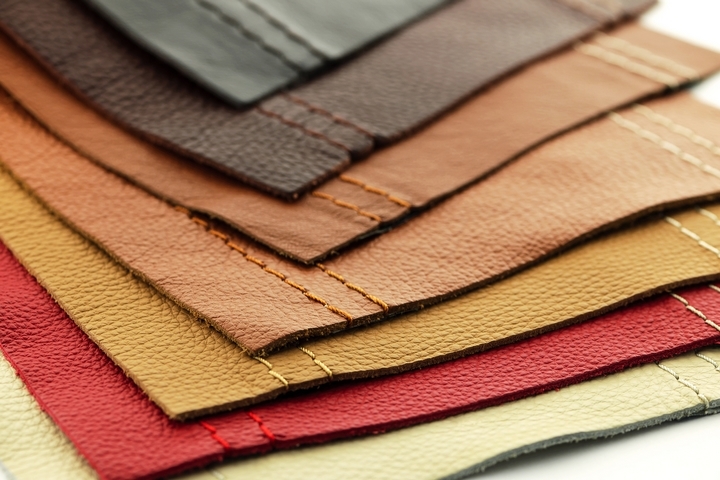 Recycling textiles and fabric is easy. Old clothes or other types of fabrics can be reused to make new garments, linens, draperies and even cleaning materials. There are lots of usage for these materials. Textiles can take hundreds of years to decompose which is why they are better off being recycled and reused immediately. Lately, many countries are setting up clothes collection bins across different cities.
Recycling textiles and fabric is easy. Old clothes or other types of fabrics can be reused to make new garments, linens, draperies and even cleaning materials. There are lots of usage for these materials. Textiles can take hundreds of years to decompose which is why they are better off being recycled and reused immediately. Lately, many countries are setting up clothes collection bins across different cities.
These types of recycling bins are placed in strategic public areas such as parking lots or supermarkets where people can drop off their old clothes on their way to do their grocery shopping. People buy and change clothes often which is why it is essential to try to reuse the fabric, instead of the fabric occupying massive amounts of landfill space.

